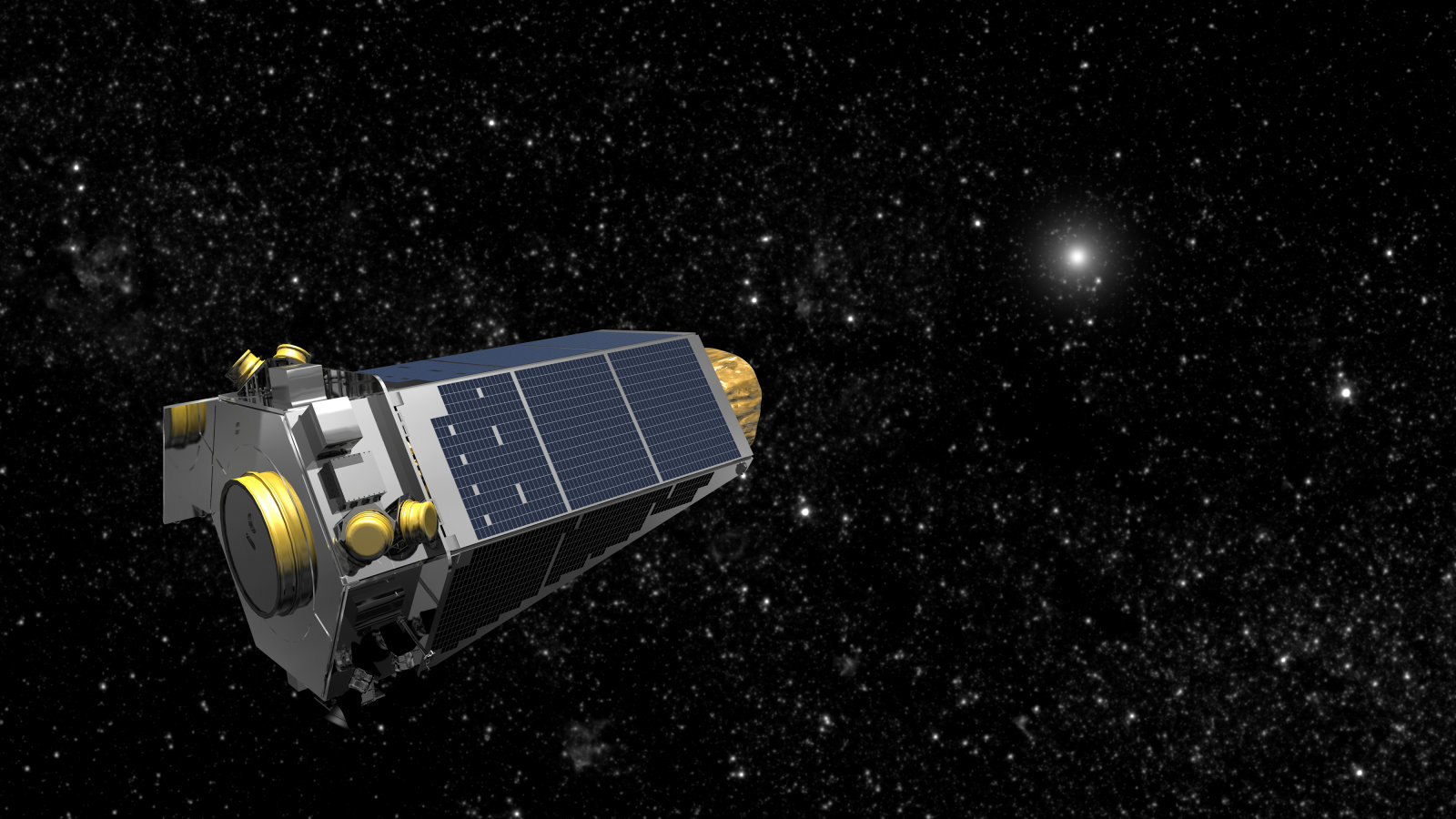The Kepler spacecraft has been in orbit for nine years already and in that time, not only it outlived its original 3.5 year lifespan and survived a handful of issues, but it has also helped scientists to pinpoint over 4,500 exoplanets and possible candidates.
Recently, NASA revealed that Kepler is doing its final run, as it is running out of fuel and will be floating aimlessly through space afterwards.
Kepler is equipped with solar panels, but they only power up the electronics of the spacecraft. The thrusters are the ones that allow it to maintain course and orient the transmitters to send data to Earth and they are fuel-powered. Once the fuel runs out, NASA will shut down communications with it.
For now, the satellite is in hibernation until August 2 when the Deep Space Network will download the last data coming in from Kepler.
Kepler has been delivering important data about exoplanets in all this time and even after it is gone, scientists will still be analyzing all the information for years to come.
Kepler’s successor, the TESS (Transiting Exoplanet Survey Satellite) has been launched in April and will continue Kepler’s work in the next two years. TESS is able to observe 400 times more space than Kepler and has the ability to observe cosmic phenomena as well, such as supermassive black holes and supernovae.
Kepler might start its peaceful slumber in the darkness of space soon, but we’re sure the foundations it has built will pave the way for future space endeavors we can only dream of.
Follow TechTheLead on Google News to get the news first.





















